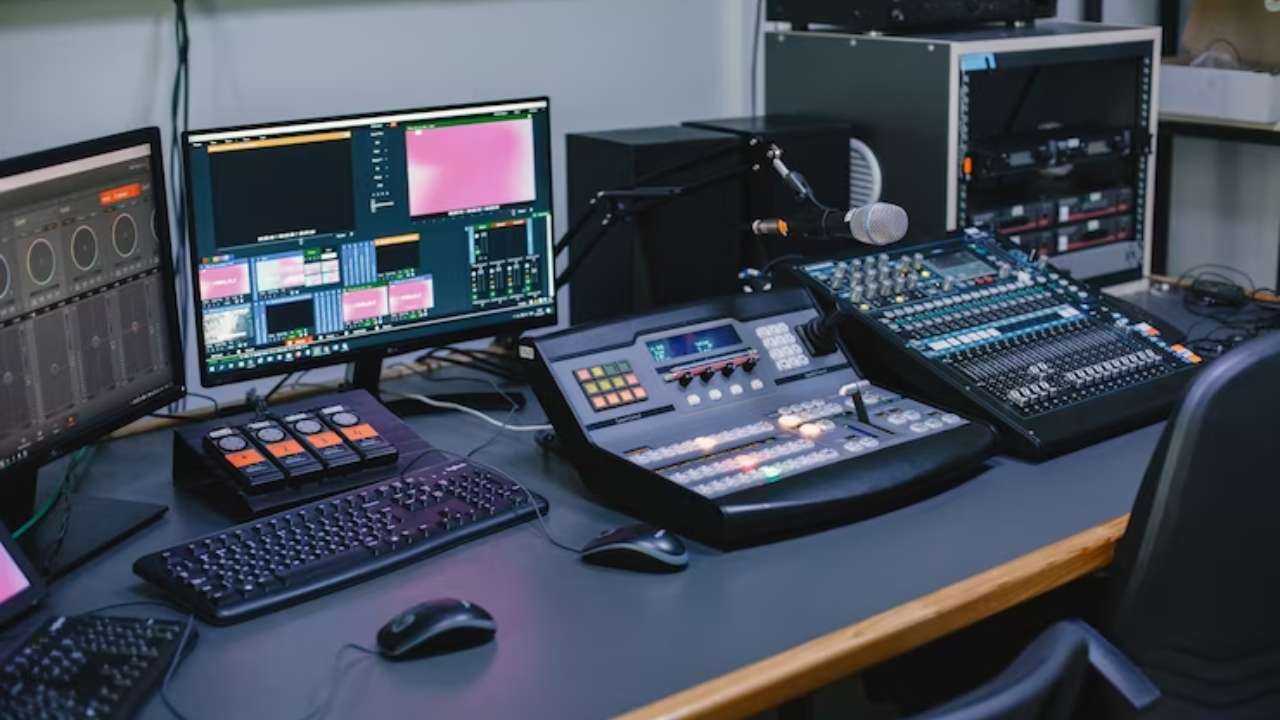Highlighting the Influence of Lighting Conditions on Movement Detection Precision and Reliability
Highlighting the Influence of Lighting Conditions on Movement Detection Precision and Reliability
Blog Article
Lighting conditions have a significant role in the way effectively we can perceive motion. Motion detection is a key component of different systems, such as security cameras, automated lighting systems, and also certain gaming applications. Comprehending the ways different lighting environments affect our ability to perceive movement can help enhance the design and effectiveness of these systems. For instance, poor illumination can result in overlooked motions or false alarms, while optimal lighting can enhance the precision of movement detection systems.
In well-lit illumination conditions, movement detection is typically more accurate. When there is sufficient light, sensors and cameras can obtain clearer images, which assists in identifying dynamic objects. Well-lit conditions allow for better contrast between the moving element and the surroundings. This contrast is crucial for both human observers and automated technologies, as it makes it easier to differentiate between stationary and dynamic elements in a scene. Thus, making sure that areas are adequately illuminated can significantly enhance the effectiveness of motion detection systems.
On the other hand, low-light environments can pose difficulties for motion detection. In low-light environments, shadows can hide moving elements, which makes them difficult to perceive. Additionally, the human eye faces challenges to perceive movement in low light, which can result in misunderstanding of the situation in the surroundings. Cameras might also encounter challenges, as many view it now do not function well in dim conditions without the use of infrared capabilities or other improvements. These restrictions highlight the importance of sufficient lighting in settings where motion detection is critical.
Additionally, various types of lighting can have varying effects on motion detection. For example, fluorescent lights can flash, which can confuse movement detection systems that rely on consistent illumination input. On the other hand, daylight provides a consistent source of lighting that enhances clarity. Comprehending these differences in lighting conditions can guide operators in choosing the most suitable lighting for specific uses, particularly in security and safety situations.
In conclusion, the connection between lighting conditions and motion detection accuracy is significant. By making sure that settings are appropriately lit, we can improve the dependability of motion detection systems. This understanding not only benefits tech uses but also enhances security and safety in various settings. As more developments are advice made in movement detection systems, taking into account illumination environments will continue to be a vital consideration in optimizing performance and ensuring that these technologies work effectively in different environments.